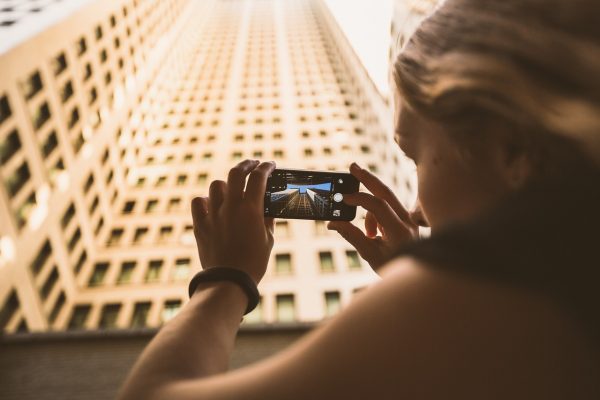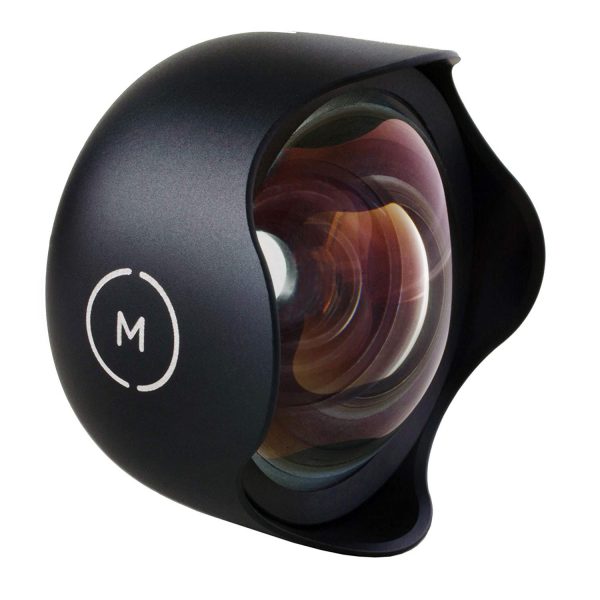When you see a cell phone camera lens, it’s an enigma. One look at it and it can make you think. “Do I need that? It’s so awesome. What it does is awesome. I want it. But do I want it?” It can mess with your head, sure enough. But this kind of lens is essential if you do a lot of mobile photography. No basic phone lens can emulate the quality of a dedicated photography lens.
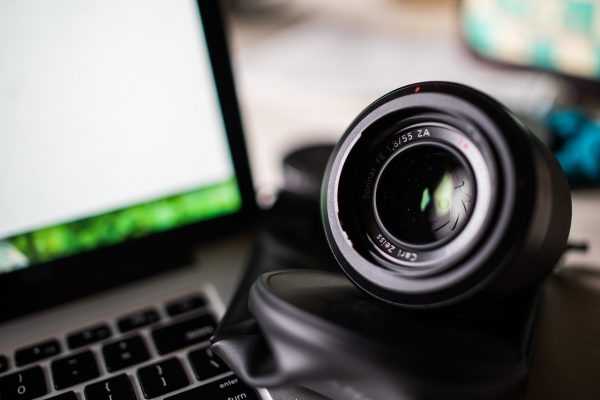
Mobile photography is gaining popularity fast. And it’s easy to see why. Mobile phone cameras are becoming more advanced with every turn. But even then, these basic cameras can only do so much. If you want to take professional-grade photos, you need an add-on lens.
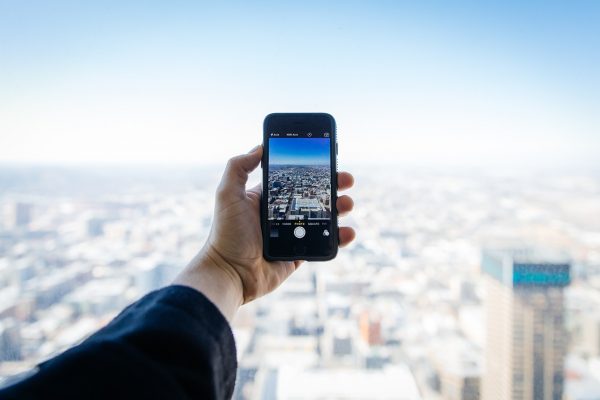
Best Mobile Camera Lens – By Type
Any cell phone camera lens you see isn’t the same as another. There are different types, all for varying purposes. Learn that no lens is one-size-fits-all. You can’t shoot a wide-angle shot using a fisheye, can you? That said, here are several recommendations you must take note of.
Best Fisheye Lens

Fisheye cell phone camera lenses are awesome. You can play with angles and perspectives. You can take photos otherwise impossible with a normal lens. Mobile photography is never as fun without it. So if you’re looking for one, check this out:
Moment 14mm 170º fisheye lens
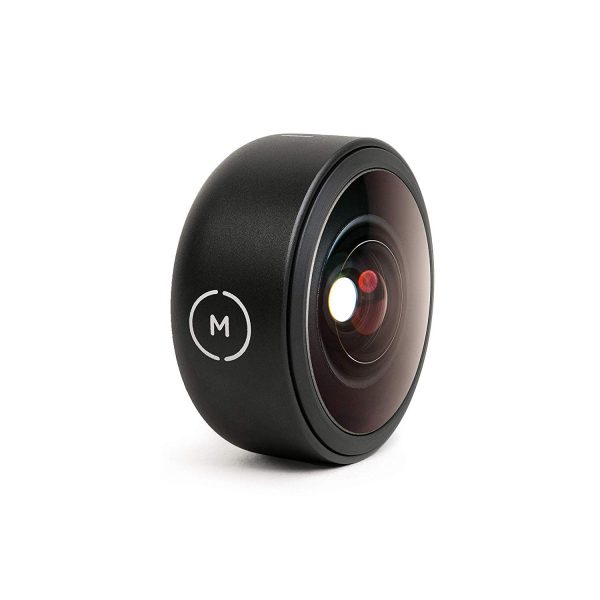
Check out this lens if you have the latest iPhone, OnePlus, Galaxy, and Pixel phone models. And if you have the new iPhone 11, see how the Moment 14mm lens takes its camera capabilities to the next level. And you don’t have to worry about vignetting too. Away with those pesky dark corners!
Best Macro Lens

Macro photography is an interesting field. And for a simple reason. Nothing is as fascinating as seeing the most minute details of anything. As such, you need an amazing macro lens for that. Here is your best bet, according to cell phone camera lens reviews on Amazon:
Moment Macro Lens
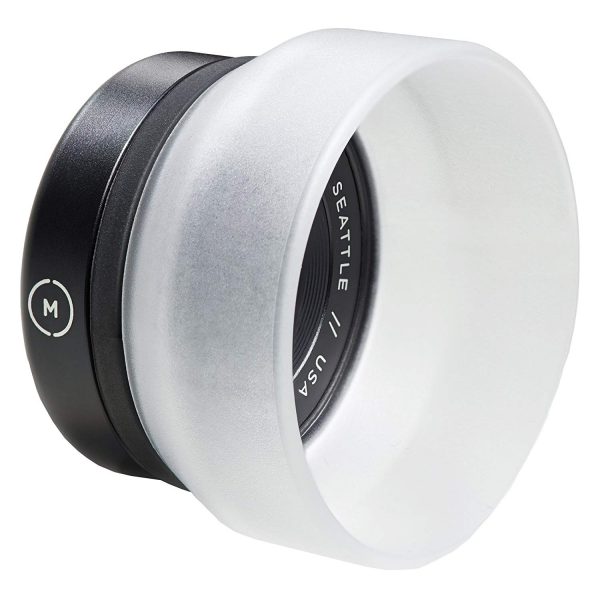
Another product from Moment, this macro lens allows you to capture all the details. Check out this lens to capture stunning closeup imagery, most of which you’ll never see with a basic phone lens. Aviation-grade metal ensures excellent build quality and durability. Also, it features a removable light diffuser allowing for a one-inch optimal distance. That means no shadows up close, and amazing photos for you to enjoy taking.
Best Telephoto Lens

Ever see a photo where the subject is clear but the background is blurry? You can achieve that with a telephoto lens. It also allows you to take photos where the subject looks closer to the camera. In real life, they aren’t. Telephoto is also excellent for shooting great portraits. As such, here is the best for your phone.
Moment 58mm Tele

This cell phone camera lens is sharp enough to bring you 2x closer to your subject. More so, this works great with either a single or dual-lens phone. But if you get this for a dual-lens phone, it’s as good as a 115mm lens. If you’re looking for exponential improvement in your phone camera’s capabilities, this is the one to get. Check out this lens now and shoot photos with more clarity.
Best Wide-Angle Lens

Capturing panorama photos is fun with this kind of lens. If you shoot a lot of architecture or landscape, this is the best lens for you. Ever wonder if your eyes would be great cameras? A wide-angle lens works much like your eyes, as it has a greater field of view than a standard lens. It allows you to see a greater angle than what’s in front of the lens. This is due to the wide field of vision. Here is the best for your phone in this category:
Moment 18mm Wide Lens
photo from amazon.comThis is the best wide cell phone camera lens for Samsung Galaxy, Google Pixel, OnePlus, and iPhones. Believe that. Check out this lens to enjoy twice more clarity with no fisheye-like distortion. Shoot photos and videos as sharp as that of a professional-grade lens, all in a smaller package. Hard to beat that.
Best Cell Phone Lenses – By Budget
Do you feel like your budget doesn’t cut it? Don’t fret. There are attractive price points for phone camera lenses as well. You can expect that for a good price, you get most if not all the features you need.
Under $50 – NELOMO Universal HD Lens Kit
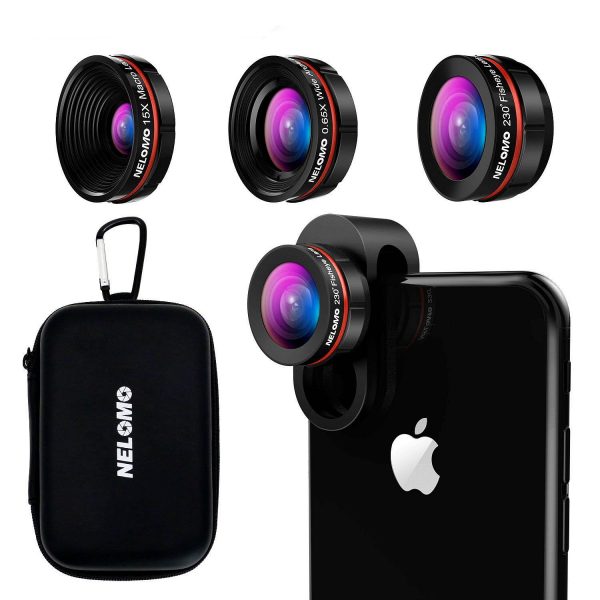
If you buy this kit, you wouldn’t have to worry about individual lenses. You will have a fisheye, super wide-angle, and super macro lens all-in-one. If you’re looking to start mobile photography, this is a great starting kit without question. You don’t need to buy individual lenses anymore. How awesome is that? Check out this lens kit today and shoot all the photos you want with all the lenses it comes with.
Over $50 – Olloclip 3-in-1 Lens Kit
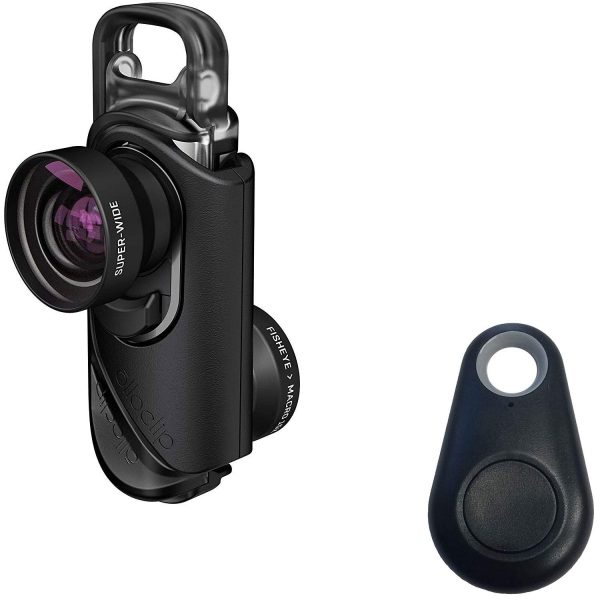
If you buy this 3-in-1 kit, you get a fisheye, super-wide, and macro 15x lens. And it also works for both front and rear cameras. It works for most modern iPhones and Android phones, so compatibility isn’t much of an issue. Plus, you can attach it on a keychain when not in use. It’s convenience at its best. Check out this lens kit now and take all the pictures you want today!
What To Look For In A Cell Phone Camera Lens?
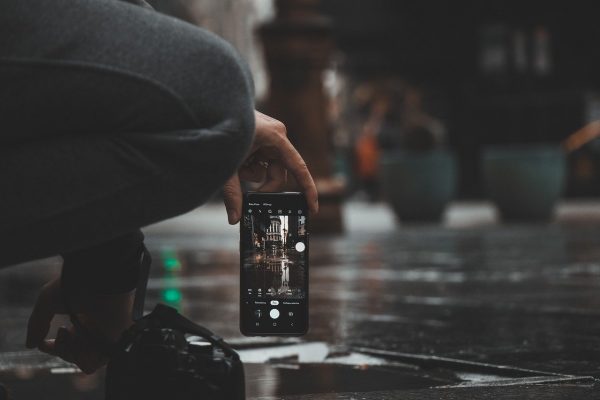
When picking a camera lens for your phone, you must be smart. You can’t go around buying anything you feel like, for it can cost you more than money in the long run. Here’s what you should look for.
Affordability
Mobile phone lenses come in all price points. You can find great options at under $50, under $100, and well over that for the higher-end brands. But one thing you must remember is that higher prices don’t always mean good quality. Beyond $100, you can find 3-in-1 lens kits and lenses with professional-grade materials. But no matter what your needs are, remember to choose something that will be a good long-term investment.
Ease Of Use
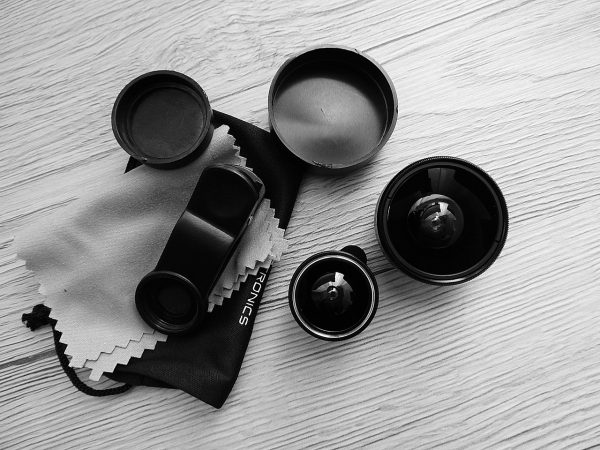
You wouldn’t want a phone lens that’s tough to attach and stash. The main selling point of a mobile phone is portability and ease-of-use, remember? So it makes sense to look for this in the best cell phone camera lens. Anything that allows a simple clip-on function is a good choice. And if it requires way more than that before you can use it, give it a wide berth.
Quality Of Construction
What use is your new lens when it’s easy to break? When buying a phone camera lens, remember that lenses are quite delicate themselves. They involve a lot of parts that can come loose at any time, no matter what the brand name is. But the rule of thumb is simple, buy from reputable brands that have great product reviews. Look at what people say about the build quality, and you’ll be good.
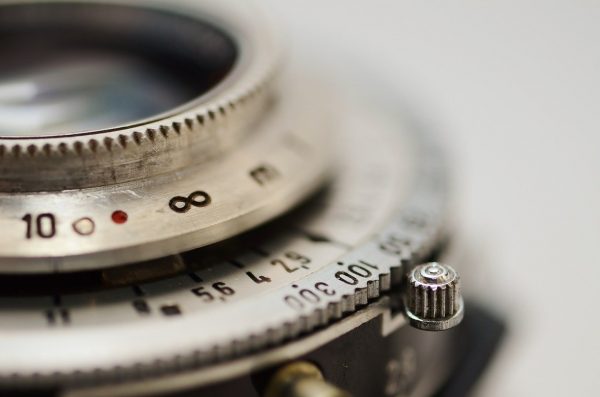
Most lenses out there feature cinema-grade construction. Which means, they’re of the same quality as the lenses on major film cameras. When buying, try to look for that. It also means that your lenses won’t get scratched or break at the slightest bump and hit. As for the entire attachment itself, try looking for anything made of metal. There’s a growing selection for products made of aerospace-grade metal. That means it’s lightweight without sacrificing durability.
Versatility
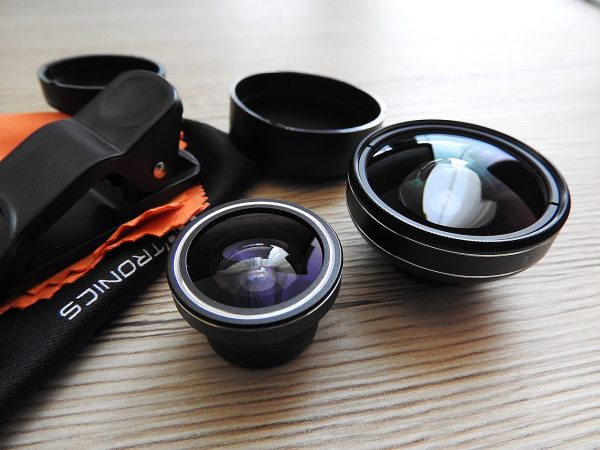
Is the camera lens only available for a specific phone model or brand? As much as possible, don’t go for that. Choosing a kit that offers universal compatibility is your best bet. What if it’s the best possible choice for you, but it doesn’t fit your phone? You wouldn’t want to be in that situation. It’s frustrating and annoying.
Another tip for versatility is how easy it is to switch out. Consider that you’ll need a fisheye lens right after using a wide-angle lens. If it’s hard to switch lenses on the fly, it decks the versatility of the kit. Try to look for that, more so if you shoot different photos at one time. You will thank yourself later.
Different Lenses Explained
Ever wonder what makes cell phone camera lenses so good despite their size? It all begins and ends with the lens. Remember all the different types of lenses and what they can do? This is an explanation of what they are and what they do.
Convex and Concave Lenses

Here’s what you should know about concave and convex lenses. It is concave if it has an inward curve. Con and “cave”. A cave goes inward, get it? Lay a concave lens flat and you’ll see it looks like a basin of some sort. On the other hand, a convex lens has an outward curve. From the side, it looks like it’s bulging. With a concave lens, an image looks farther and smaller. On a convex lens, the image looks closer and bigger.
Fisheye

First things first, there are two types of fisheye lenses. One is the circular lens which captures a 180-degree viewing angle or larger. You see this as a circle within a square frame. Next is the full-frame fisheye, which captures all 180 degrees and covers the entire frame. There would be no circle inside a square.

Macro

Macro lenses are for shooting closeups. Do you see the photos which show close-ups of dew or insects? All those which show the most minute details of anything and everything? You can achieve that with a macro lens. When choosing one, however, take note of the focal length. The longer the focal length is, the further you need to shoot from your subject. You can choose between 40-60mm focal length if you want to shoot as little as 6 inches away. Most macro lenses for phone cameras are of this length.
Telephoto
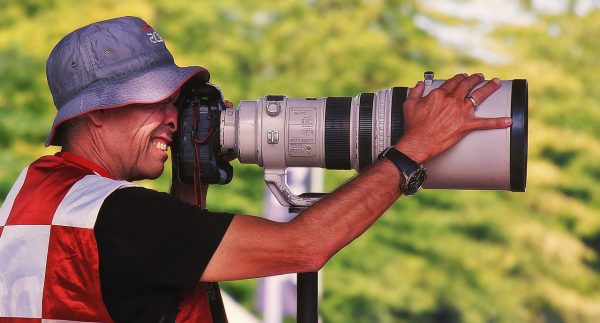
Ever see a professional photographer lugging around a long lens? His camera almost looks like a cannon with that thing on, that’s a telephoto lens. You’re lucky that you can get the same effects without having that cumbersome size. You use a mobile telephoto lens for capturing subjects at moderate to long distances. You can also use a telephoto lens for shooting portraits and sports events.
Wide-Angle

This lens’s name is self-explanatory. Use a wide-angle lens if you want to capture landscapes. They are perfect for fitting all the goodies you want in one frame. No need to step so far back! And take note of the “stepping back” habit to capture a photo, too. When using a wide-angle lens, move a little closer for a better perspective effect. Move further back, and the image looks boring. The purpose of a wide-angle lens is to allow you to capture as much of a scene as possible without moving too far back.
How Can I Protect My Camera Lens?
Camera lenses, even mobile ones, are delicate. Your foremost concern will be the actual lens itself. But here are also general rules for protecting your kit from the elements. Not to mention, wear and tear.
General Protection
If your lens comes with a carrying case, always put it in there when not in use. Always place them in their respective case, no excuses. There’s a reason it’s in there, and a reason you paid for it too. Manufacturers design their carrying cases to protect against typical blows. Bumps, drops, scratches, and shakes can all damage your kit.
Dealing With Scratches
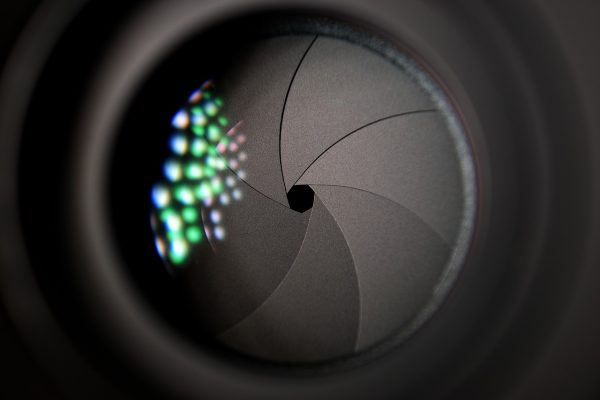
But how do you prevent scratches? Easy. Don’t stash your lens kit anywhere but the case. But how can you remove them? The answer is household items. No, we’re serious. You don’t need to buy some special chemical or cleaning tools.
You have three main choices for cleaning solutions. Toothpaste, rubbing alcohol, or Vaseline. Take whichever you have at home, and a cotton bud or clean cloth. Also, if you have a microfiber cloth, get it. It’s the cleaning cloth included with prescription glasses.
Next, use the cloth or the cotton bud to coat the entire lens. Apply the solution and make sure to cover everything.
Dry the lens using a microfiber cloth for best results. If you don’t have one, choose a clean, soft cotton cloth instead.
Fungi Prevention And Cleaning

Fungi accumulation is a real threat to your lens. If you live where it’s humid, this can be a problem. But you can prevent it and deal with it when it comes.
To prevent fungi, always store your lenses in a cool, dry place. Moisture is what causes fungi buildup. Deprive them of that moisture, and they can’t grow. If you have no place like that, put your lens in an airtight bag with silica gel. The gel absorbs the moisture.
If your lens already has fungi, you can clean it up. Use a mixture of hydrogen peroxide and ammonia to wipe them off. Apply this solution to a clean cloth and wipe your lens with it. Or if you don’t have that, use vinegar and water. But remember to act fast. The fungal buildup can worsen in a matter of minutes or hours. Clean it up as soon as you see the signs, or you’ll have to opt for a professional cleaning. That can be expensive.
Final Thoughts
And there you have it, here ends your ultimate mobile camera lens buying guide. Complete with lens type and cleaning tips, no less. Consider the options here so you can ensure value for your money. A mobile phone camera lens is a good choice for better photos and video. You’ll thank yourself later for making the right choice.
